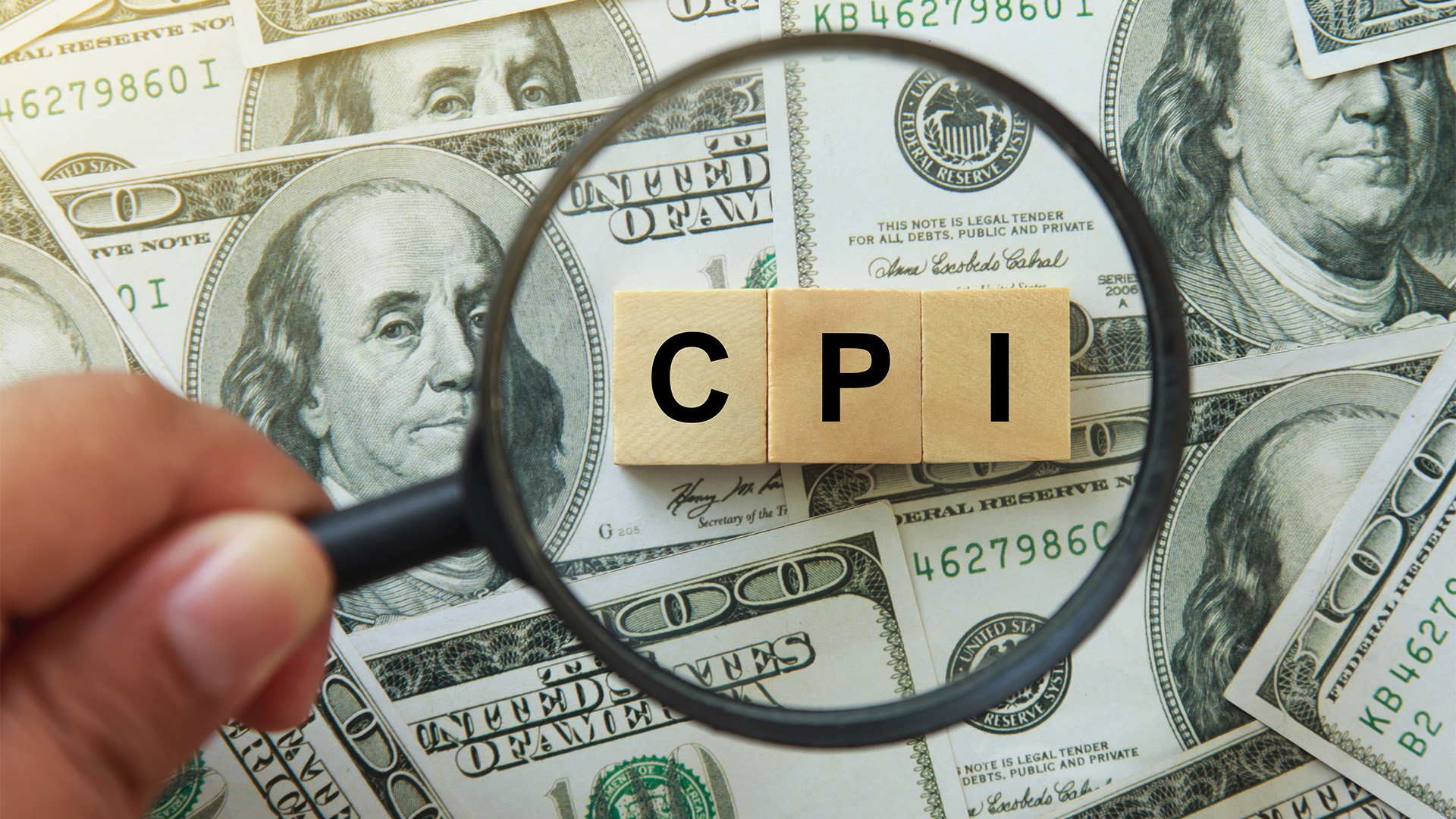March's US Consumer Price Index shouldn’t come as much of a surprise to financial markets. After all, it merely continued the trend established in the January data and persisted into February – that inflation was lingering longer than desired.
With the exception of oil, the CPI report saw markets falter and bullish analysts turn bearish.
But investors, large and small, remain fixated on a market narrative calling for cuts to Fed-set rates. They ignored the trend and clung to hope that the Fed would cut rates in March (nope), May (nope), and now speculate about June.
Now, some gloomy analysts wonder if there will be a cut at all in 2024.
According to the U.S. Bureau of Labor Statistics, the CPI rose by an annual 3.5% in March 2024, up from 3.2% in February. Month-on-month, the CPI rose by an unchanged 0.4% (0.2% had been forecasted), while the core reading remained steady at 3.8%.
Continued high levels of housing inflation have kept CPI readings stubbornly elevated. Petrol prices also edged up, resembling a situation akin to Australia rather than the US.
However, there were some bright spots, such as food prices. Household buying power has also increased over the past year as wage growth outpaced inflation.
Bond markets responded swiftly, sending yields higher. The 10-year Treasury yield jumped back above 4.5% on Wednesday after March inflation data came in hotter than expected, indicating the likelihood of higher interest rates from the Federal Reserve in the foreseeable future.
The bottom line from the first quarter is that while inflation has cooled since the highs of mid to late 2022, it appears stuck at a much higher level than desired by the Fed, investors, and consumers.
American business media and some economists became agitated by what some called "Super Core CPI" (services inflation excluding energy and housing costs), which rose by 0.7%. This was after the ordinary ‘core’ reading rose at an annual rate of 4.5%.
However, it's important to note that the Fed doesn't target the CPI but rather the Personal Consumption Expenditures Price Index. The Producer Price Index, out Thursday US time, will provide insight into how US industry is faring.
In commodity markets, gold eased to $2,352 an ounce, not a significant correction. Singapore iron ore fell to $106.60 a tonne for 62% Fe fines, a minor drop of 90 US cents a tonne. Copper eased by 0.2% to $4.2777 a pound, but silver was up 0.24% at $28.05 an ounce. Oil rose by 1.2% to $86.25 for WTI, and brent regained the $90 a barrel level, ending around $90.51 a barrel.
The Aussie dollar closed above 65 US cents, down more than 1 US cent over Tuesday and Wednesday.














